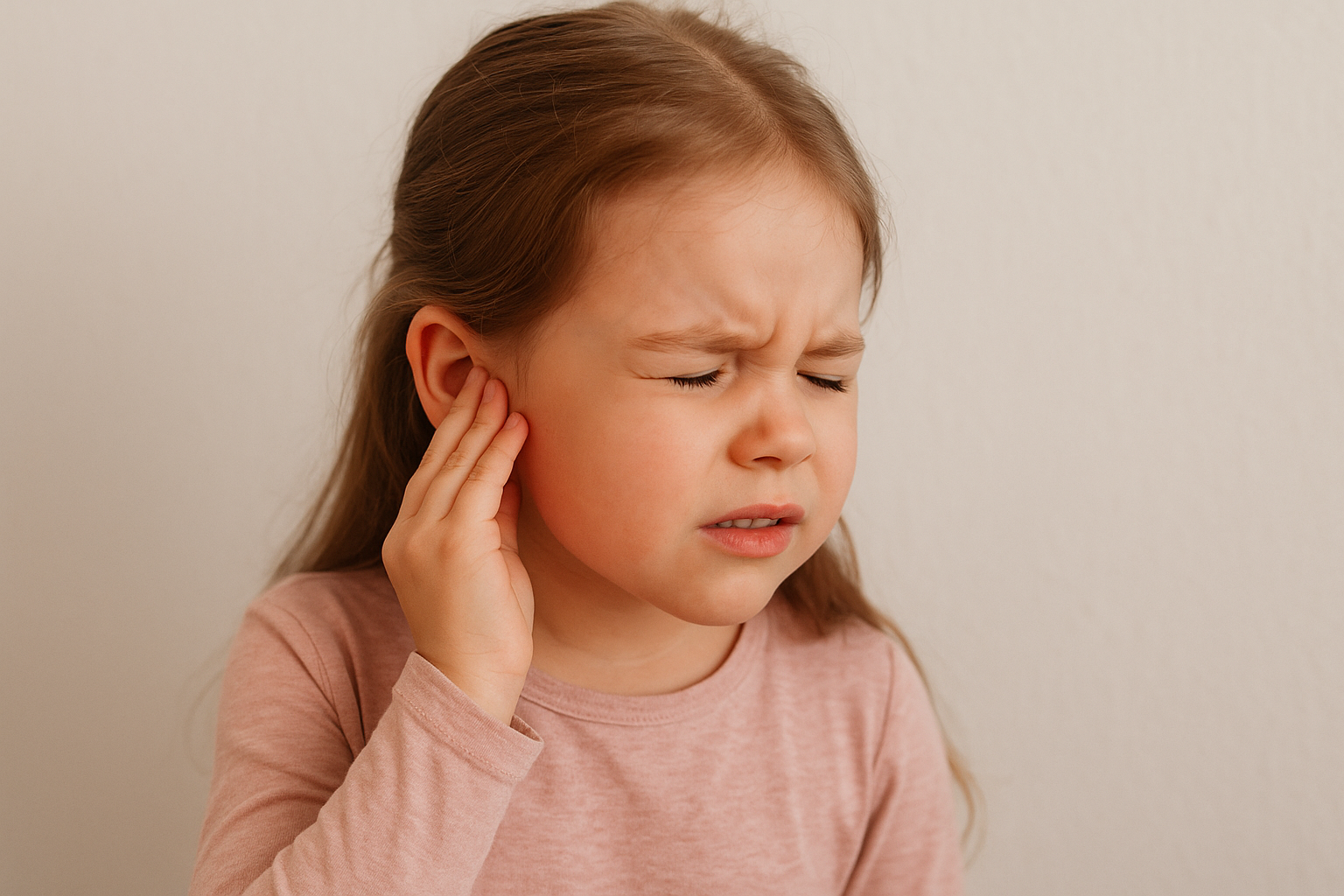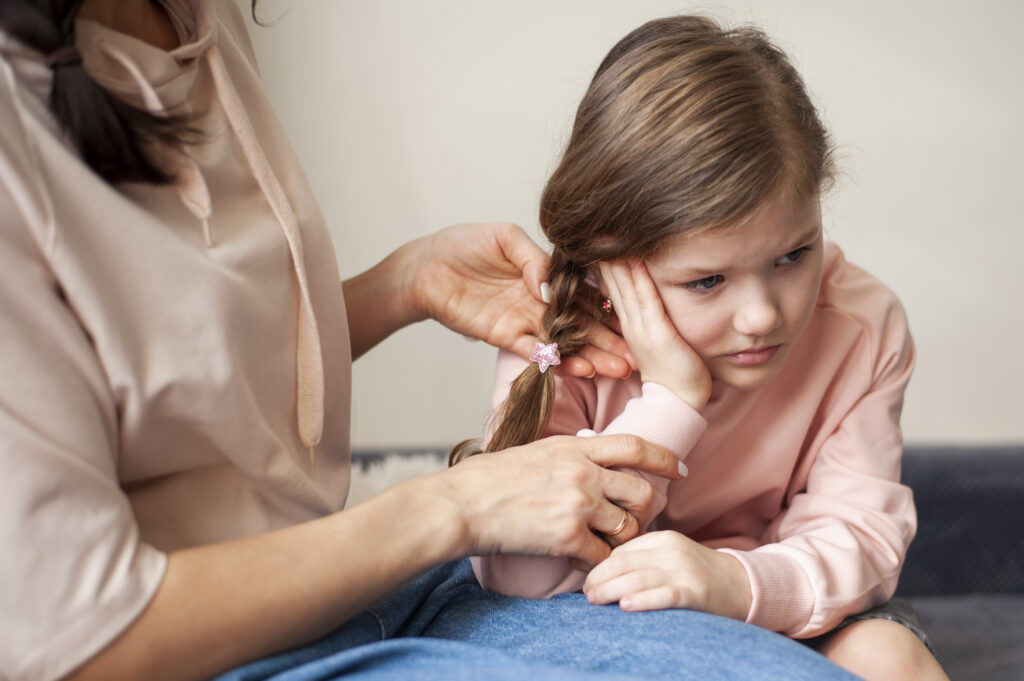Ear Infections in Children: Causes, Treatment, and Prevention

Few things worry parents more than seeing their child in pain especially when it strikes suddenly in the middle of the night. One of the most common culprits? An ear infection.
Ear infections in children happen more often than in adults because of the way their ears are structured and because their immune systems are still developing. The good news is that most ear infections are treatable and preventable when caught early.
Understanding Ear Infections in Children
The medical term you’ll often hear is otitis media, which simply means an infection of the middle ear. Behind the eardrum, fluid sometimes gets trapped. If germs like bacteria or viruses enter that fluid, it causes swelling and pain.
Children are especially prone to this because their ear passages (Eustachian tubes) are shorter and more horizontal than those of adults, which makes it harder for fluid to drain properly. That’s why ear infections are a common childhood complaint.
Causes of Ear Infections
When bacteria move from the throat or nose into the ear following a cold, flu, or sinus infection, the majority of pediatric ear infections start. Seasonal allergies can also play a role, as they cause swelling that blocks fluid drainage.
Environmental factors matter too. Infections are more common in children who are exposed to secondhand smoke or contaminated air. And because of their anatomy, even something as simple as lying down with a bottle can cause milk to flow toward the middle ear, raising the risk of infection.
Common Symptoms Parents Should Watch For
Ear infections don’t always look the same in every child, but there are a few signs parents should notice. Ear pain is the most obvious, and younger children may show it by tugging at their ear. They might also become unusually cranky, have trouble sleeping, or run a fever. In some cases, you may see fluid draining from the ear.
Another sign parents sometimes miss is temporary hearing problems. If your child doesn’t respond when you call their name or turns up the volume on the TV, it could be linked to an ear infection.
Diagnosis
While it’s tempting to guess what’s going on, ear infections should always be diagnosed by a doctor. Pediatricians use a small lighted device called an otoscope to look inside the ear and check for redness or fluid. This quick exam helps confirm whether it’s an infection and what treatment is needed.

Treatment Options
Not every ear infection requires antibiotics. Many mild cases clear up on their own with time, but when infections are bacterial or symptoms are severe, antibiotics may be prescribed.
Pain relief is often the first step. Children usually feel better with over-the-counter medicines like acetaminophen or ibuprofen, along with simple home remedies like a warm compress. Sometimes, doctors advise “watchful waiting” for a few days to see whether symptoms go away on their own.
Follow-up appointments are also important, especially if your child has recurring infections, to make sure hearing isn’t affected.
Possible Complications if Untreated
The majority of ear infections resolve without any complications, but if treatment is not received, they may lead to more serious issues. Hearing difficulties are the most common complication, and repeated infections may increase the risk of long-term hearing loss. In younger children, ongoing problems can sometimes delay the development of speech and language.
Prevention Tips for Parents
You can lower the risk of getting an ear infection, but you can’t prevent every one. Breastfeeding in the first six months gives babies a stronger immune system. Vaccinations also help protect against illnesses that can trigger infections.
Simple lifestyle changes matter too. Keep your child away from cigarette smoke, encourage regular handwashing, and avoid bottle-feeding while lying flat. If your child uses a pacifier, try to wean them off it after the age of one, as it can slightly increase the risk of infection.
When to See a Doctor
If your child’s ear pain doesn’t go away, if they have a high fever, or if there’s discharge from the ear, it’s time to see a doctor. You should also seek help if you notice hearing difficulties or if infections keep coming back.
Conclusion
Ear infections in children are common, but they don’t have to cause long-term problems if addressed early. By recognizing the symptoms, understanding the causes, and taking preventive steps, you can protect your child’s ear health.
If you suspect your child has an ear infection, don’t wait. Visit Central Hospital Sharjah for expert pediatric care and the reassurance every parent needs.

Leave a Reply